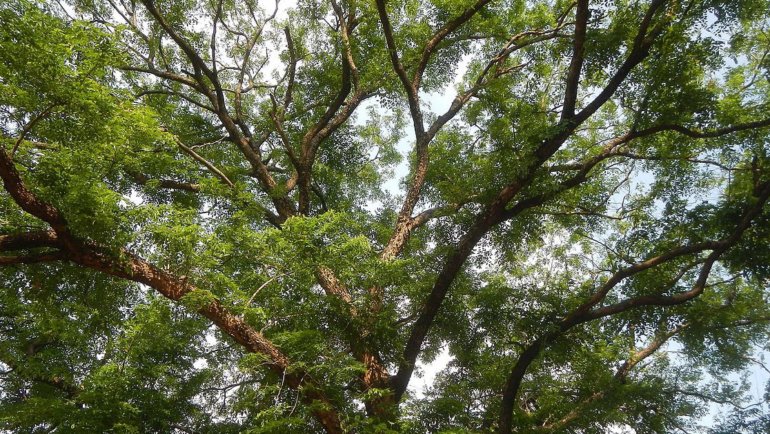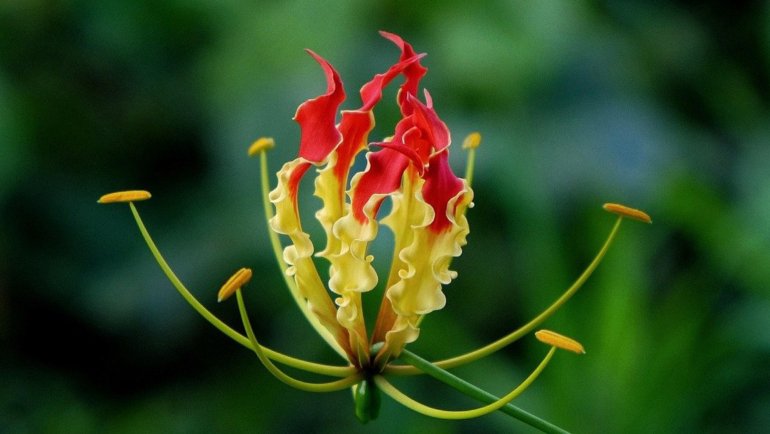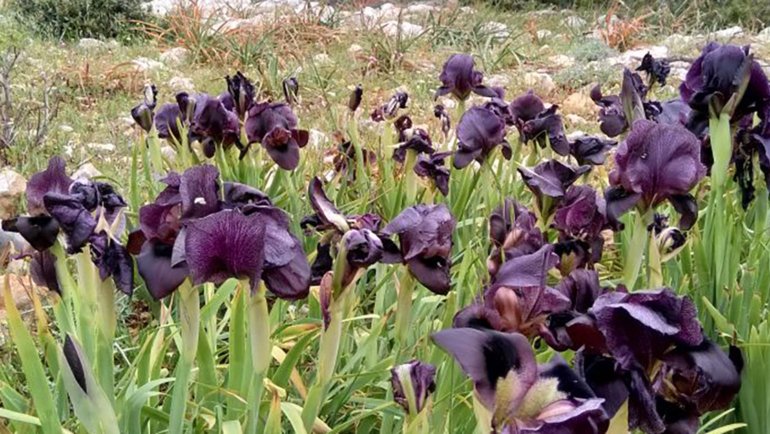Chile, a long, slender strip of land clinging to the edge of South America, has always been admired for its vast mountain ranges, dense forests, and formidable deserts. But among its natural wonders stands a creature, quietly powerful, symbolizing the spirit and resilience of the Chilean people: the Huemul deer.
This elusive creature, also known as the Patagonian Huemul, with its enigmatic charm, has witnessed the ebbs and flows of Chile’s history, earning a place not only in its natural landscapes but in its national emblem.
Did you know that the Huemul deer shares space with the Andean condor on Chile’s national coat of arms? Stay tuned to discover more about this fascinating animal.
Quick Info About The Huemul Deer
| Scientific Name: | Hippocamelus bisulcus |
| Average Size: | Height: 70 to 80 cm (27 to 31 inches) |
| Average Weight: | 45 to 100 kg (99 to 220 lbs) |
| Average Lifespan: | 8 to 10 years |
| Geographical Range: | Southern parts of Chile and Argentina |
| Habitat: | Dense temperate rainforests, especially in mountainous terrains and the foothills of the Andes |
| Conservation Status: | Endangered (IUCN Red List) |
Meet The Huemul Deer, National Animal of Chile
With a robust build and an elusive demeanor, the Huemul deer is a captivating sight to behold in the dense forests of Chile. The male (buck) boasts a pair of impressive antlers, which are shed annually and can have up to eight points.
In terms of appearance, the Huemul has a stocky body covered in thick, reddish-brown fur that tends to darken during the winter months. Its shorter legs, compared to other deer species, are a distinct adaptation to its mountainous habitats.
Sexual dimorphism is evident: while both males and females have a white patch under the tail, only males sport antlers. Females (does) are generally smaller in size and lack the impressive headgear their male counterparts carry.
In the grand web of the ecosystem, the Huemul plays the role of a herbivore, feeding on a variety of grasses, shrubs, and trees. This makes them vital for controlling vegetation, ensuring that no single plant species overpopulates and thus maintaining the biodiversity of their habitat. Predators of the Huemul include pumas and, occasionally, domestic dogs that stray into the wild.
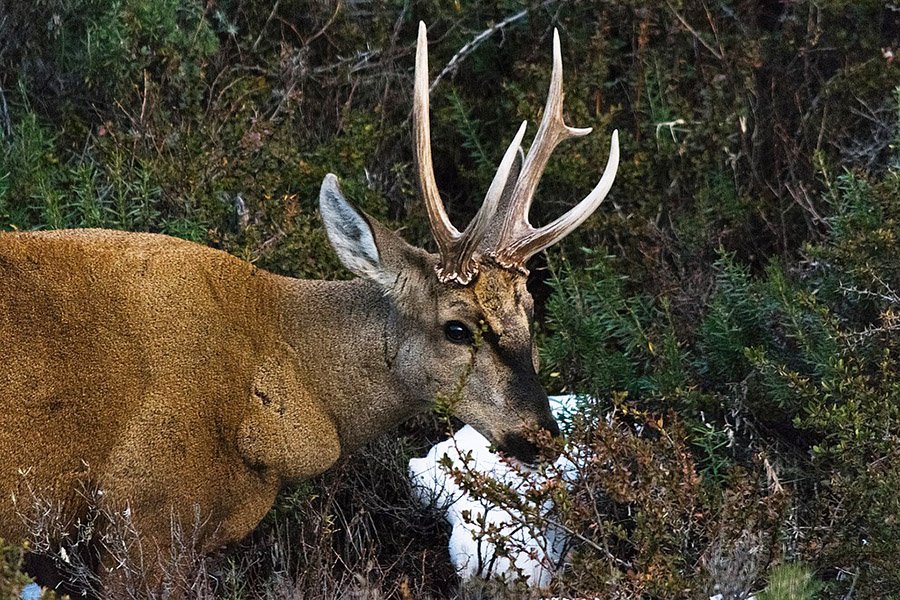 Source: Wikimedia Commons
Source: Wikimedia CommonsWhere Do Huemul Deer Live?
The Huemul deer is a creature of the temperate rainforests, particularly favoring the rugged terrains and foothills of the Andes Mountains. These habitats provide the dense cover they prefer and an abundant supply of food sources.
While the Huemul can endure the cold climates of the southern Andes, it often descends to lower altitudes during winter, seeking milder conditions and accessible food.
Originally, the range of the Huemul spanned much of the southern parts of Chile and Argentina. However, habitat fragmentation and human encroachment have limited their distribution primarily to protected areas and remote regions in the two countries.
National parks in Chile, such as the Bernardo O’Higgins National Park and the Torres del Paine National Park, remain some of the last bastions where these magnificent creatures can be observed in their natural habitat.
Why and When Did The Huemul Deer Become The National Animal of Chile?
The Huemul deer is not just an animal native to Chile; it’s an emblem of the nation’s pride and resilience. Selected as the national animal, the Huemul stands as a powerful symbol of the pristine wilderness of the Chilean landscapes and the country’s commitment to conservation.
Its designation as the national animal goes beyond just its presence in the country. Historically, the Huemul occupied vast regions of the southern parts of South America, making it an integral part of the ecosystems in Chile.
To indigenous communities, the Huemul was often a vital source of food and materials, and it featured in many folk tales and legends, painting it as a guardian of the forests.
However, over the years, as its numbers dwindled due to habitat destruction and hunting, the importance of conserving the Huemul became paramount. Designating it as the national animal was not only a nod to its historical and cultural significance but also a call to arms for its preservation.
There have been debates and concerns, especially among conservationists, regarding the effectiveness of protective measures in place for the Huemul. Many argue that despite its esteemed status, not enough is being done to ensure the survival and prosperity of this species.
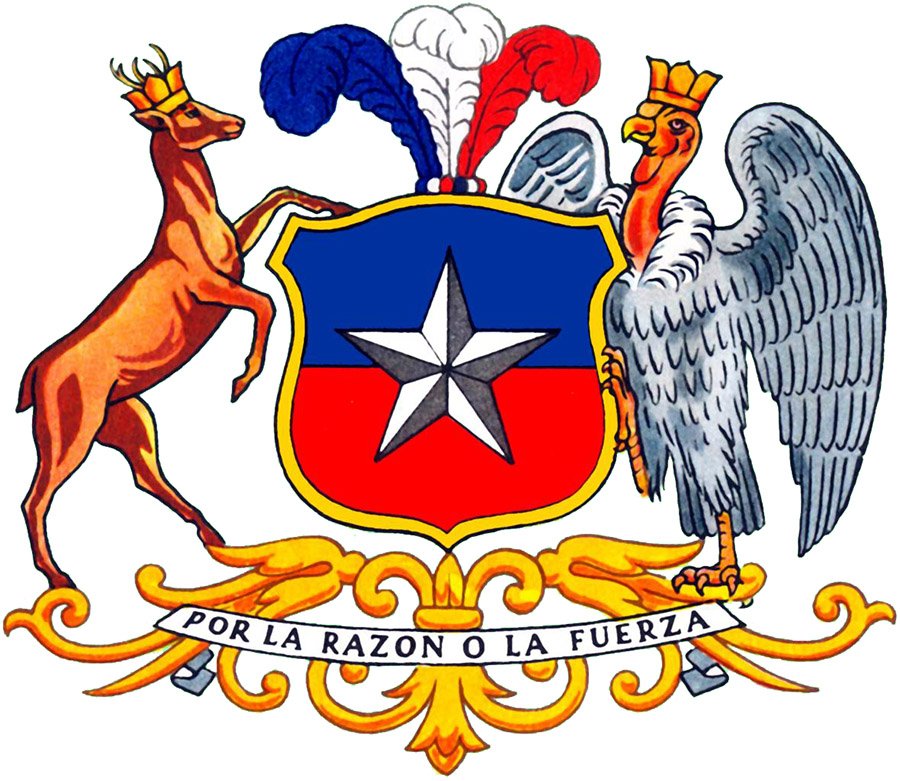
Where is The Huemul Deer Featured in Chile?
The importance of the Huemul to Chile is prominently displayed on the nation’s coat of arms. Sharing the emblem with the Andean condor, another symbol of Chilean wildlife and freedom, the Huemul stands poised on the left, while the condor is on the right.
Together, they hold a shield, which is divided into two sections: “a white and a red one,” with a five-pointed white star in the center, symbolizing a guide to progress and honor. Above the shield, there is a three-feathered crest, which is painted in colors matching those on the shield.
This coat of arms, with the Huemul and the condor, can be seen on various official documents and buildings, and it reinforces the importance of the Huemul in Chilean identity and history.
While not on bank notes or used in naming the currency, the imagery of the Huemul is often used in various cultural representations, from art to literature, underlining its deep-rooted significance in the heart of Chilean culture.
Names of The Huemul Deer
The Huemul Deer, scientifically known as Hippocamelus bisulcus, is commonly referred to as the “South Andean deer” or the “Patagonian Huemul”. While “Huemul” is its most widely recognized name in Chile, this deer has several names based on regions and local dialects:
- Ciervo del sur (Southern deer) in Spanish.
- Huemul del sur in some regional dialects of Spanish.
- In some indigenous languages, the Huemul is referred to with names that emphasize its grace and significance in their folklore, though these specific names vary between communities.
Is The Huemul Deer Endangered?
Yes, the Huemul Deer is classified as “Endangered” on the IUCN Red List of Threatened Species. The primary threats to the Huemul include:
- Habitat Loss: Deforestation, infrastructure development, and expanding human settlements have reduced and fragmented the habitats of the Huemul.
- Predation: Introduction of livestock and non-native species has increased competition for food, and the introduction of dogs has introduced a new predatory threat.
- Disease: The Huemul is susceptible to diseases brought by domesticated animals.
- Hunting: Despite being protected, some illegal hunting still occurs.
Conservation efforts for the Huemul in Chile include:
- Establishing protected areas to safeguard their habitats.
- Initiating breeding and rehabilitation programs.
- Raising awareness among locals and emphasizing the importance of conserving the national animal.
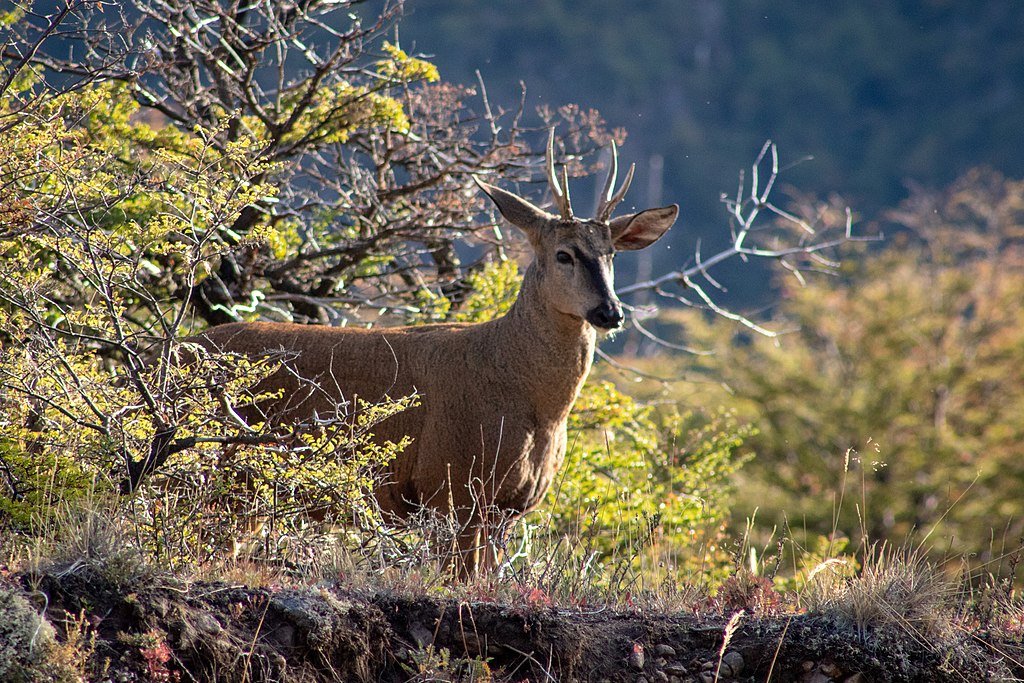 Source: Wikimedia Commons
Source: Wikimedia CommonsInteresting Facts About The Huemul Deer
- Distinctive Features: Unlike other deer species, the Huemul has shorter legs, making it less adapted for running but well-suited for rugged mountain terrains.
- Solitary Nature: Huemuls are generally solitary animals, with males and females coming together primarily during the mating season.
- Symbolism in Folklore: Indigenous tales often portray the Huemul as a guardian of the forests and a symbol of purity and freedom.
- Unique Adaptations: Living in colder climates, the Huemul has a thick, dense fur that offers insulation during harsh winters.
- Symbiotic Relationships: While not engaged in direct symbiotic relationships, the Huemul plays a key role in its ecosystem by controlling certain vegetation types, aiding in the dispersal of seeds, and serving as prey for native predators like pumas.
Other Beautiful Animals Native To Chile
- Andean Condor (Vultur gryphus): Recognizable by its massive wingspan and black body with white ruff, this bird is considered a national symbol of Chile and even features on the country’s coat of arms alongside the Huemul.
- Pudu (Pudu puda): The world’s smallest deer, the Pudu stands only about a foot and a half tall. This adorable animal is native to the temperate rainforests of southern Chile.
- Guanaco (Lama guanicoe): A relative of the llama and alpaca, the Guanaco is a wild camelid found in the mountainous regions of Chile. It has a fine, woolly coat that varies from light brown to reddish-brown.
- Chilean Flamingo (Phoenicopterus chilensis): Found in the salt lagoons and coastal areas of northern and central Chile, this bird stands out with its pale pink feathers and contrasting black-tipped wings.
- Magellanic Penguin (Spheniscus magellanicus): These penguins are native to the southern coasts of Chile and can be found in several colonies, with the largest one located in the Magellan region.
Frequently Asked Questions
Why is the Huemul important to Chile?
The Huemul is an integral part of Chile’s natural and cultural heritage. It’s featured on the national coat of arms and symbolizes freedom, strength, and the country’s unique biodiversity. Its importance is also rooted in indigenous legends and folklore.
How many Huemuls are left in the wild?
The exact number of Huemuls left in the wild is hard to determine, but estimates suggest fewer than 2,000 individuals remain, highlighting the urgency of conservation efforts.
Is it illegal to hunt the Huemul in Chile?
Yes, it is illegal to hunt or harm the Huemul in Chile. The animal is protected by law, and violators can face severe penalties.
Can you see the Andean Condor and the Huemul on the Chilean coat of arms?
Yes, both the Andean Condor and the Huemul are featured prominently on the Chilean coat of arms. They represent the strength and freedom of the nation.
What efforts are being made to protect Chile’s native animals?
Chile has established national parks, reserves, and protected areas to safeguard habitats. Additionally, there are various conservation initiatives, both government-led and by NGOs, aimed at research, education, and direct intervention to protect endangered species like the Huemul.

